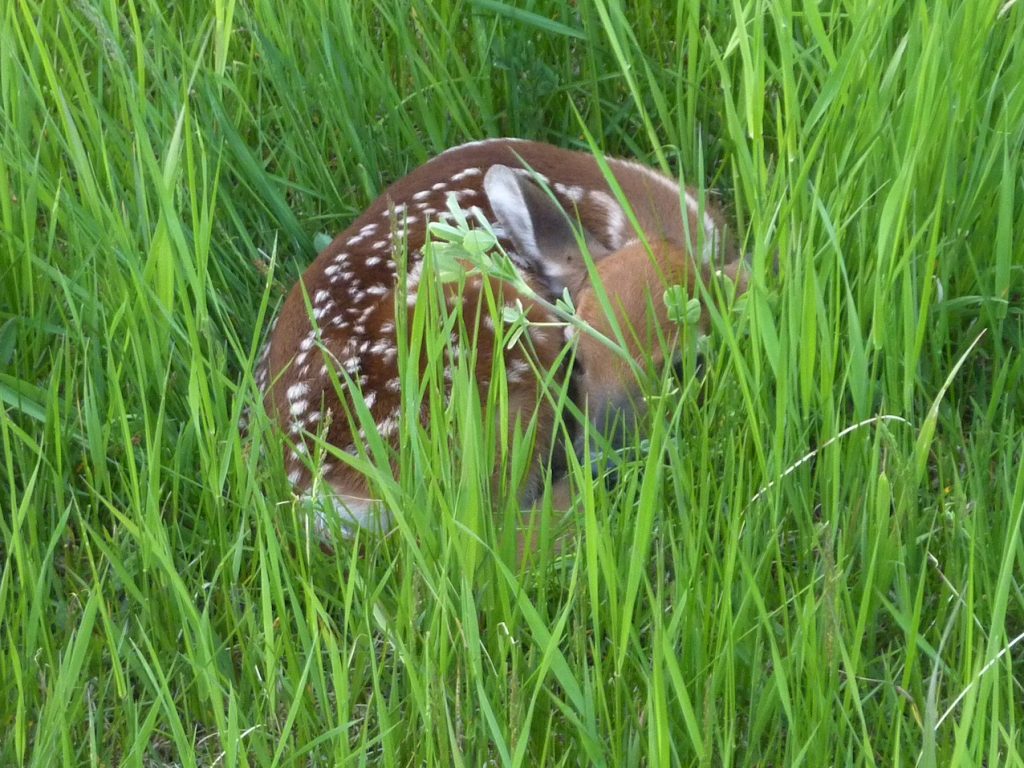
When people find young wildlife they often jump to the conclusion that the animal or bird is orphaned and needs help. That is usually not the case. Young animals and birds are often left alone while their parents are away searching for food. Many orphaned animals that are “rescued” each year by well-meaning people were not really orphans.
If you find a baby bird or animal, do not touch or remove it unless you are absolutely sure that it is an orphan. If you are not sure if the animal is orphaned, watch it from a distance so that the parents will not be afraid to return. This might take awhile; many species only return to their young near dusk and dawn.
A young animal or bird that looks well-fed and has bright eyes and clean fur or feathers is probably not orphaned. If the animal does need help, contact a wildlife rehabilitator for advice.
Young deer are called fawns. They are often found alone, because they do not flee from danger until they are about 14 days of age, and they do not forage with their mother until they are older.
Female deer (known as does) leave their fawns unattended for several hours at a time and typically return to nurse their fawns at dawn and dusk. A fawn’s job is to lie quiet and motionless in tall grass or other cover and wait for its mother. Sometimes fawns choose unusual places to wait like a window well or a sunny deck.
If you find a fawn by itself, do not move it unless it is in harm’s way. While it may look helpless and abandoned, the mother is nearby, even though you don’t see her. If the fawn must be moved, try to find cover very nearby so that the doe can easily find the fawn when she returns to nurse it. Does in suburban areas are familiar with human smells, and they will not abandon a fawn that has been touched by a human. Keep children and pets away from the area so they don’t accidentally injure or stress the fawn.
If the fawn you found is truly orphaned (e.g., it has been wandering around bleating continuously for two or three days, or you know the doe is dead), then it is time to call a wildlife rehabilitator who is licensed to care for deer. The condition of an orphaned fawn will deteriorate quickly if it is not nursing. Fawns require special care. Do not feed the fawn or attempt to care for it yourself.
It is illegal to keep a fawn unless you have a permit. Taking a fawn from its natural habitat and teaching it to associate food with humans is doing the fawn a disservice. Once the fawn matures, it will be too large to stay in a house or garage. Deer like these are often illegally released in a natural area once they are grown, but they are likely to suffer an early death. Human-habituated deer may also pose a danger to pets and people, especially during deer mating season.
Rabbits nest in shallow depressions in the ground. It is not uncommon to find a rabbit’s nest in the middle of a lawn or garden. Since the mother only returns at dusk and dawn to feed the young, you will probably not see her visiting the nest. If you find a rabbit’s nest, leave it alone. Keep cats and dogs away from the area until the young rabbits have left the nest.
Rabbits are weaned at around three weeks of age and leave the nest then. Although they may appear to be too young to be on their own, young rabbits that are hopping around outside the nest do not need your help. If you find baby rabbits outside their nest that are weak or injured, contact a wildlife rehabilitator. Do not attempt to feed or care for the rabbits yourself.
To figure out if a baby bird really needs assistance, it is helpful to know whether it is a nestling or a fledgling.
Nestlings are small, rapidly growing birds that are not fully feathered. Nestlings found on the ground are vulnerable to the elements and to predators. If you can find and reach the nest that the bird fell from, put the bird back in the nest. If the nestling is cold and wet, or was injured in the fall, call a wildlife rehabilitator for advice. Do not attempt to feed or care for the young bird yourself.
Fledglings are fully feathered but cannot yet fly well. These young birds are often seen on or near the ground calling loudly for their parents to bring them food, hopping around on the ground, or making short, awkward flights. The parents will care for fledglings until they can fly well and feed themselves. Parents will be nervous to bring food to their young if they think a predator is nearby, so watch fledglings from a distance. Keep cats and dogs away from the area until the young bird is able to fly well. Fledglings do not need your assistance unless they are injured. Fledglings sometimes break legs, feet, or wings on their first flight out of the nest. Contact a wildlife rehabilitator for advice if you find an injured fledgling. Do not attempt to feed or care for the young bird yourself.
Ducks and geese do not leave their young unattended. Leave the young alone if there are adults nearby.
Ducks or geese sometimes become stranded on a roof, in an enclosed courtyard, or in a vertical-sided body of water.
Young tree squirrels sometimes fall from their nests during storms or during attacks by crows or other predators. Sometimes their nest is destroyed when a tree is cut down. Wait a few hours to see if the mother retrieves her young if you find a young squirrel on the ground.
If the squirrel is cold, put it in a box at the base of the tree with a hot water bottle or jar full of warm water. Use a small cloth to make a barrier between the bottle and the squirrel so that its skin does not get burned. Do not feed the squirrel; cow’s milk and other foods can make the it sick or kill it.
If the mother does not return for the young, or if the squirrel is obviously seriously injured, call a wildlife rehabilitator.
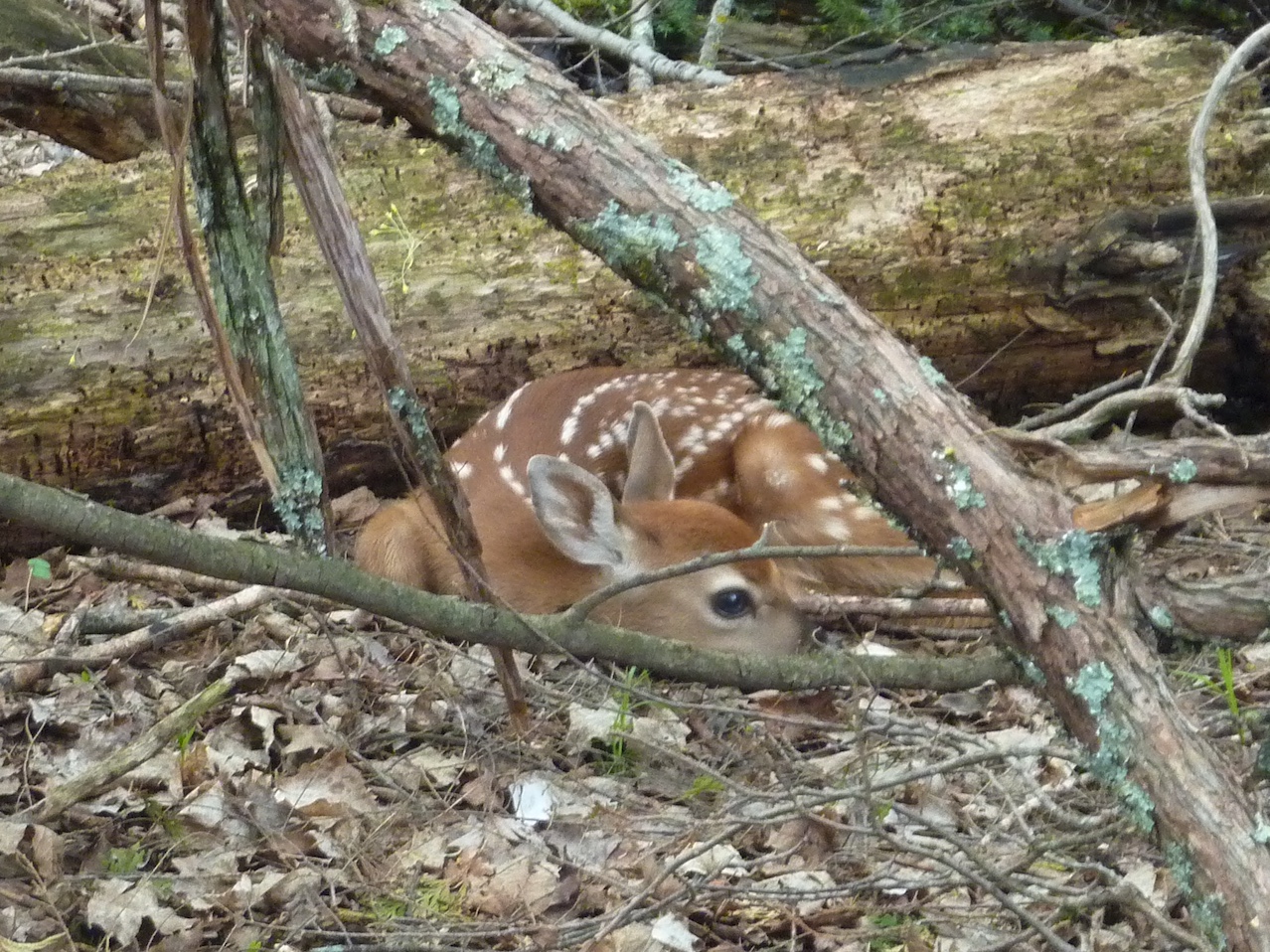
Photo: Jared Duquette
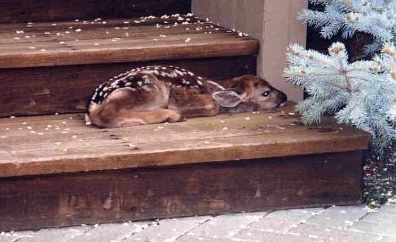
Photo: Jared Duquette
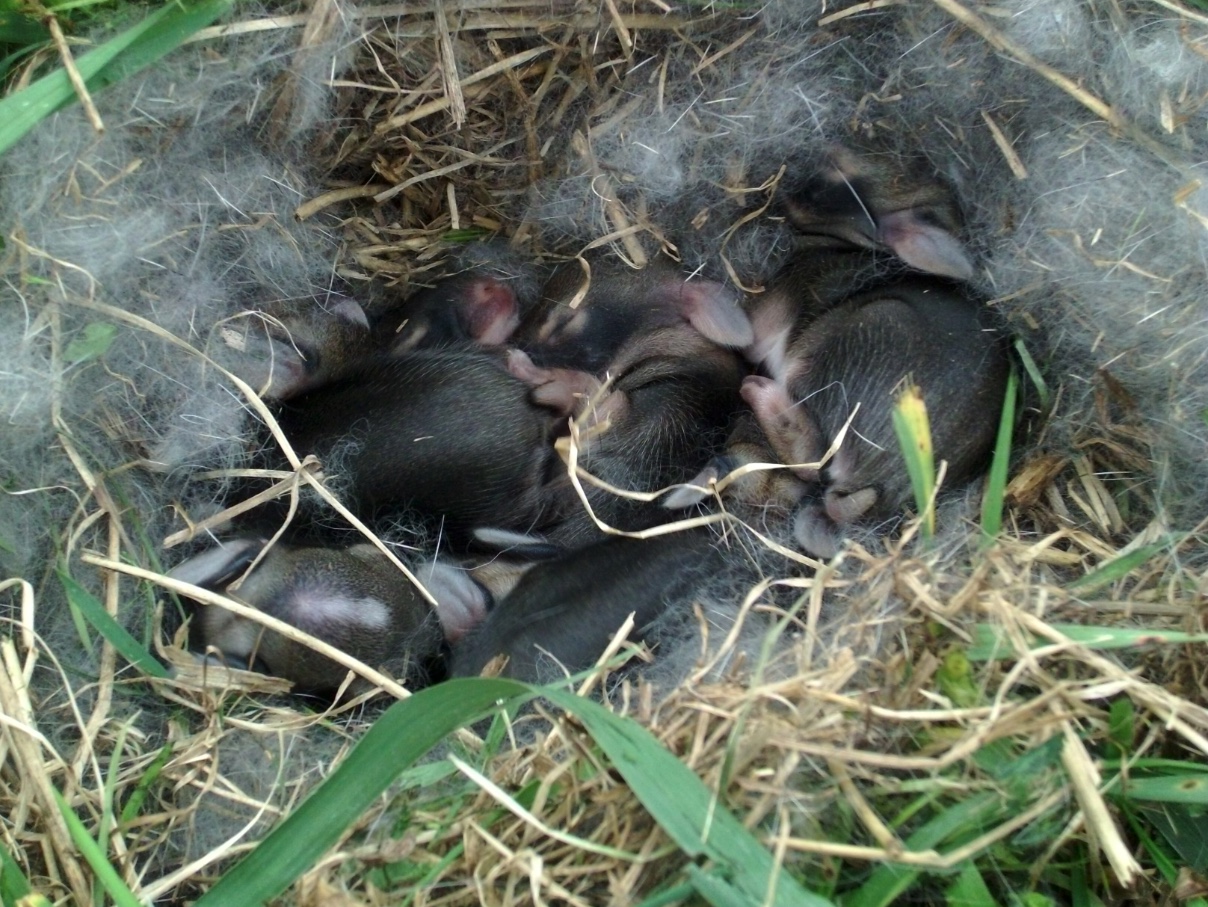
Photo: Jhansonxi, CC BY-SA 3.0
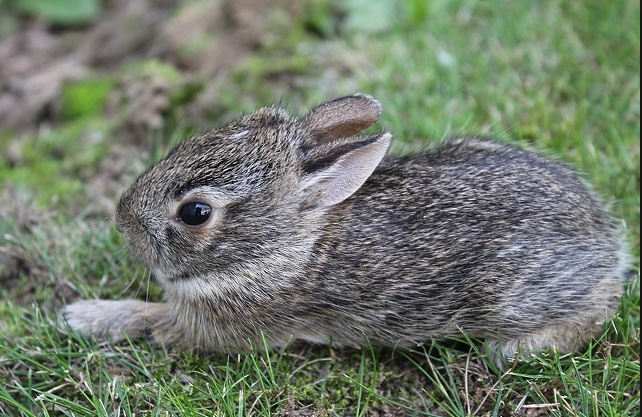
Photo: Creative Commons, CC0 public domain
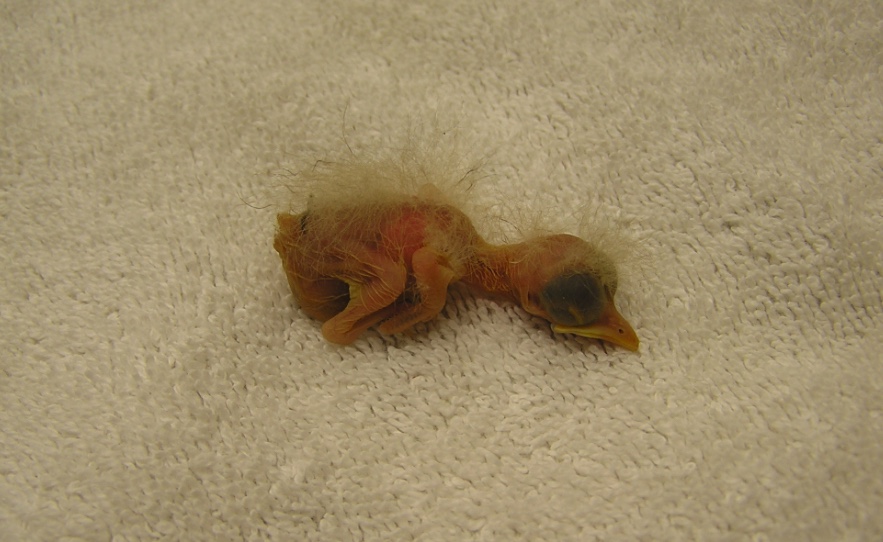
Photo: Willowbrook Wildlife Center
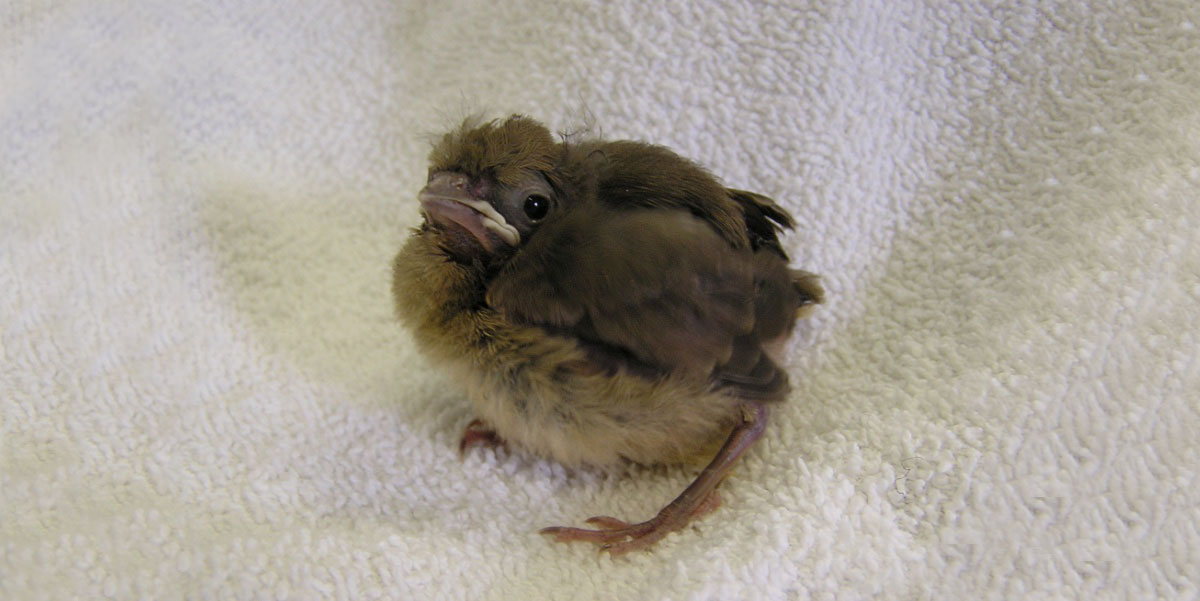
Photo: Willowbrook Wildlife Center
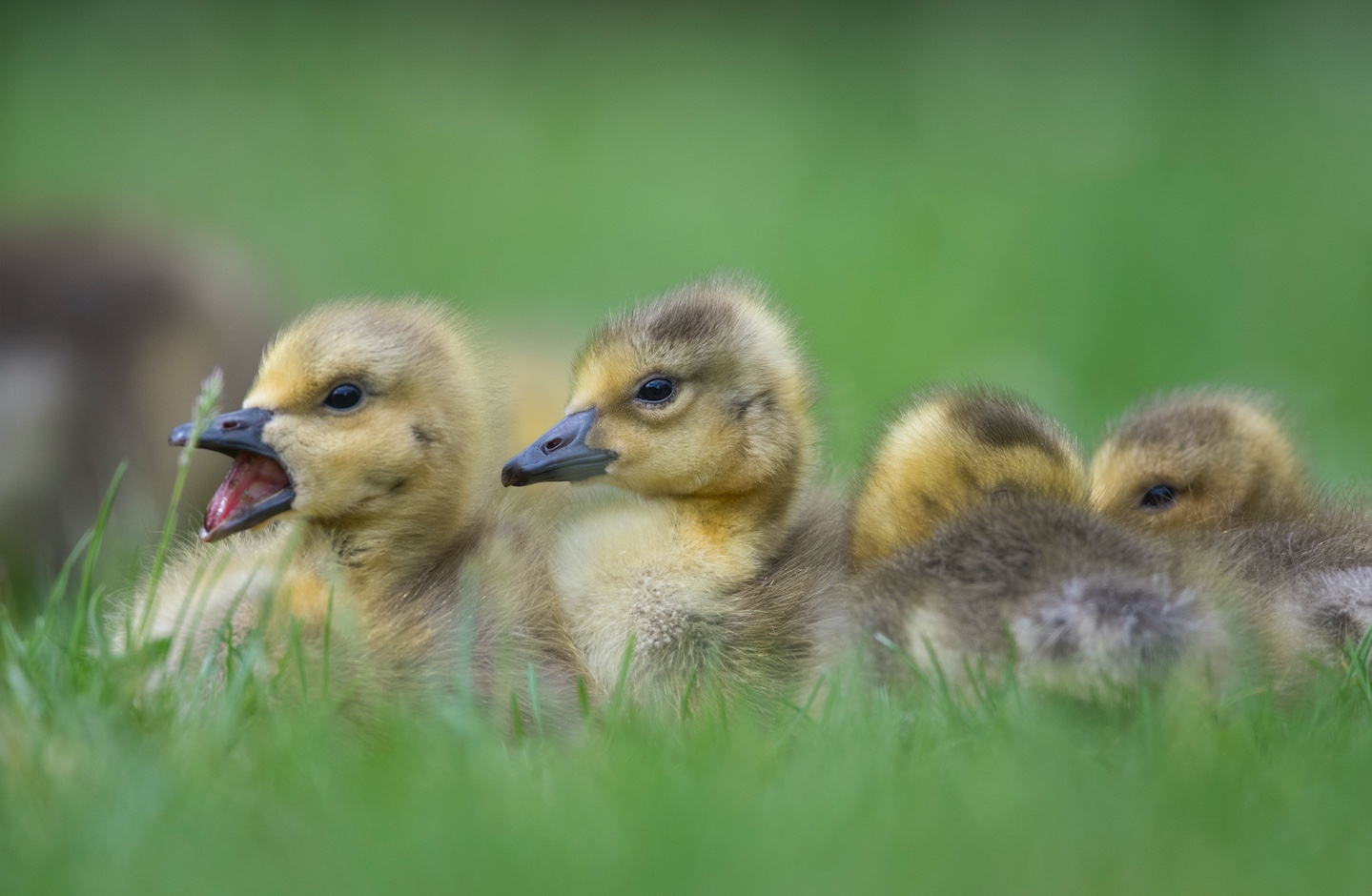
Photo: Michael Ward
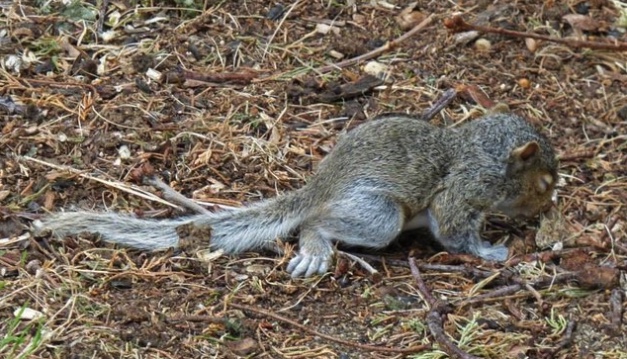
Photo: Brian McMahon
The Wildlife Illinois website was authorized by the Illinois Department of Natural Resources (IDNR) in partial fulfillment of project W-147-T. The website was developed by the National Great Rivers Research and Education Center, 2wav, and the IDNR in partnership with the United States Department of Agriculture Animal and Plant Health Inspection Service Wildlife Services and University of Illinois Extension to provide research-based information about how to coexist with Illinois wildlife.